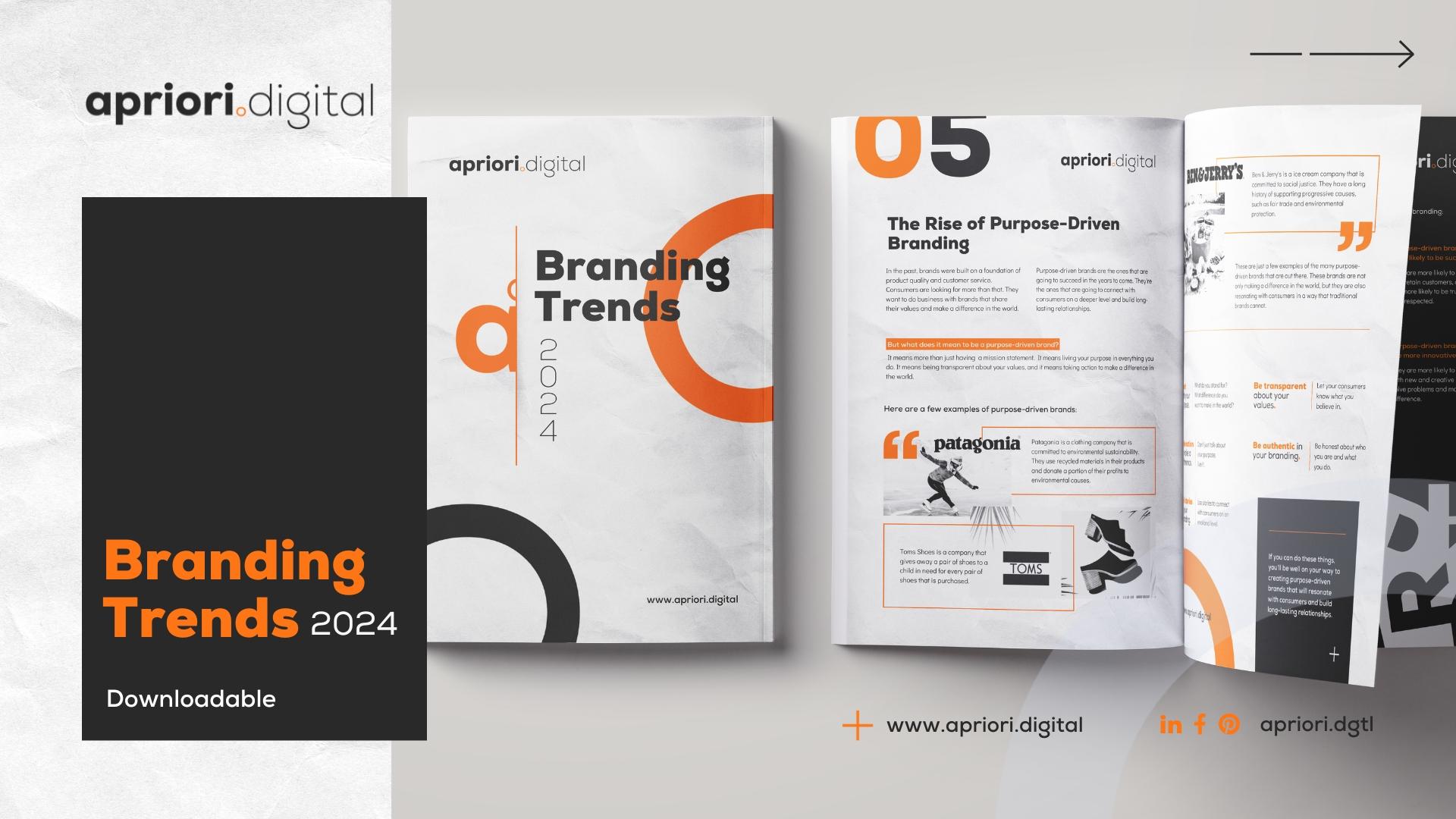Introduction
Color psychology plays a pivotal role in design, offering a powerful tool to influence emotions and behaviors. Understanding how different colors impact people’s feelings and actions can elevate the effectiveness of your designs, whether it’s for a website, a brand logo, or a product. This guide explores the principles of color psychology and how to apply them with emotional intelligence in your design projects. By carefully selecting your color palette, you can convey specific messages, evoke desired emotions, and create a more engaging and effective user experience.
The Basics of Color Psychology
Before diving into application, it’s crucial to understand the fundamentals of how colors affect mood and perception.
- Understanding Color Associations: Explore how different colors are commonly associated with particular emotions or concepts.
- Cultural Variations in Color Perception: Recognize that color associations can vary significantly across cultures and contexts.
- The Psychology of Color Combinations: Consider how combining colors can create different effects and how this plays into overall design strategy.
Branding by Apriori Digital
Colors and Brand Identity
Color is a key element in brand identity, helping to convey the brand’s personality and values.
- Choosing Brand Colors: Select colors that align with your brand’s values and the emotions you want to evoke in your audience.
- Consistency Across Touchpoints: Ensure color consistency across all brand touchpoints for cohesive branding.
- Adapting Colors for Different Contexts: Be mindful of how your brand colors will be used across various mediums and contexts.
Using Colors to Influence User Behavior
In UX/UI design, the strategic use of color can guide user behavior and improve the overall user experience.
- Color in Calls to Action: Utilize colors that stand out for CTAs to draw attention and encourage clicks.
- Visual Hierarchy Through Color: Use color to create a visual hierarchy on your page, guiding the user’s eye to important information.
- Colors for Readability and Accessibility: Choose color combinations that ensure readability and meet accessibility standards.
Emotional Impact of Colors in Marketing
In marketing materials, colors can be used to create an emotional connection with the audience and influence decision-making.
- Target Audience and Color Preferences: Tailor your color choices to appeal to your target demographic's known preferences and tendencies.
- Seasonal Color Trends: Leverage seasonal color trends to resonate with the audience's current mood and expectations.
- Color in Advertising Campaigns: Use color strategically in advertising to evoke specific emotional responses that align with your campaign goals.
Color Psychology in Product Design
The color of a product can significantly impact consumer perception and choice, making it a crucial factor in product design.
- Product Identity Through Color: Use color to differentiate your product and convey its unique identity.
- Perceived Product Value and Color: Understand how different colors can affect the perceived value and quality of a product.
- Color for User Experience: Consider how the color of a product influences the user experience, including its usability and enjoyment.
Designing for Accessibility and Inclusion
Use color psychology with consideration for accessibility, ensuring that your designs are perceivable and usable by everyone, including those with visual impairments.
- Contrast Ratios for Legibility: Ensure sufficient contrast between text and background colors for readability.
- Avoiding Color-Only Information: Provide information through more than just color to accommodate color-blind users.
- Testing for Color Accessibility: Utilize tools and resources to test your designs for color accessibility.
The Psychology of Color in Interior Design
In interior design, color choices can influence the mood and atmosphere of a space.
- Creating Ambiance with Color: Select colors that create the desired ambiance and emotional impact in a space.
- Color and Space Perception: Use colors to make spaces feel more open, cozy, or energetic.
- Psychological Effects of Color in Workspaces: Choose colors that enhance productivity, creativity, and comfort in work environments.
Follow us on socials

Interactive and Dynamic Use of Color
In interactive and digital environments, color can be used dynamically to enhance user engagement and feedback.
- Color Changes for Interaction Feedback: Use color changes to provide feedback on user interactions, such as hover states or selection indicators.
- Animated Color Transitions: Implement subtle animated transitions for color changes to enhance the user experience.
- Dynamic Color Schemes: Explore dynamic color schemes that can change based on user actions or preferences.
The Role of Color in Storytelling
Color can be a powerful tool in visual storytelling, helping to set the tone, convey emotions, and guide the narrative.
- olor to Convey Themes and Emotions: Use specific color palettes to reinforce the theme or mood of a story.
- Color Progression in Narratives: Employ a progression or shift in colors to symbolize changes in the narrative or character development.
- Symbolic Use of Color: Utilize color symbolically to represent concepts, ideas, or character traits within the story.
Continuous Learning and Experimentation
The field of color psychology is ever-evolving, and it’s important to stay informed and experiment with new ideas and applications.
- Keeping Up with Research: Stay updated with the latest research and findings in color psychology.
- Experimentation and Testing:Experiment with different color combinations and gather user feedback to see what works best.
- Cross-Disciplinary Insights: Draw insights from other fields, such as psychology, marketing, and art, to enrich your understanding of color psychology.
Conclusion
Color psychology is a fascinating and powerful aspect of design that, when used with emotional intelligence, can deeply enhance the effectiveness of your work. By understanding and thoughtfully applying the principles of color psychology, designers can create experiences that are not only visually stunning but also emotionally resonant and behaviorally influential. Whether in branding, marketing, product design, or digital interfaces, the strategic use of color can lead to more engaging, memorable, and effective design outcomes.





